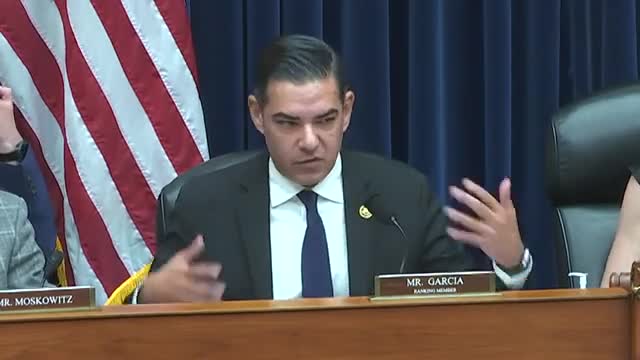Congress pushes for transparency on UAP sightings
November 13, 2024 | Oversight and Reform: House Committee, Standing Committees - House & Senate, Congressional Hearings Compilation
This article was created by AI summarizing key points discussed. AI makes mistakes, so for full details and context, please refer to the video of the full meeting. Please report any errors so we can fix them. Report an error »

In a recent government meeting, lawmakers emphasized the importance of transparency and bipartisan cooperation in addressing the growing concerns surrounding Unidentified Aerial Phenomena (UAPs). The discussions highlighted the need for a structured reporting process for civilian pilots who encounter UAPs, as many have reported sightings but lack a confidential means to report them due to fears of stigma or retaliation.
The meeting underscored that a significant number of commercial pilots have witnessed UAPs, yet their experiences often go unreported, raising safety concerns and limiting the understanding of these phenomena. The lawmakers pointed out that current reporting tends to be biased towards military airspace, primarily due to the nature of military personnel and sensors involved in data collection.
To address these issues, the Safe Airspace for Americans Act was introduced, aiming to create a safe and confidential reporting process for UAP encounters. This initiative has garnered bipartisan support, with members from both parties recognizing the need for a collaborative approach to demystify UAPs and restore public confidence in governmental institutions.
The meeting concluded with a call for continued transparency and a commitment to uncovering the truth about UAPs, reinforcing the notion that both Democrats and Republicans can unite to tackle misinformation and engage in meaningful public discourse on this pressing issue.
The meeting underscored that a significant number of commercial pilots have witnessed UAPs, yet their experiences often go unreported, raising safety concerns and limiting the understanding of these phenomena. The lawmakers pointed out that current reporting tends to be biased towards military airspace, primarily due to the nature of military personnel and sensors involved in data collection.
To address these issues, the Safe Airspace for Americans Act was introduced, aiming to create a safe and confidential reporting process for UAP encounters. This initiative has garnered bipartisan support, with members from both parties recognizing the need for a collaborative approach to demystify UAPs and restore public confidence in governmental institutions.
The meeting concluded with a call for continued transparency and a commitment to uncovering the truth about UAPs, reinforcing the notion that both Democrats and Republicans can unite to tackle misinformation and engage in meaningful public discourse on this pressing issue.
View full meeting
This article is based on a recent meeting—watch the full video and explore the complete transcript for deeper insights into the discussion.
View full meeting